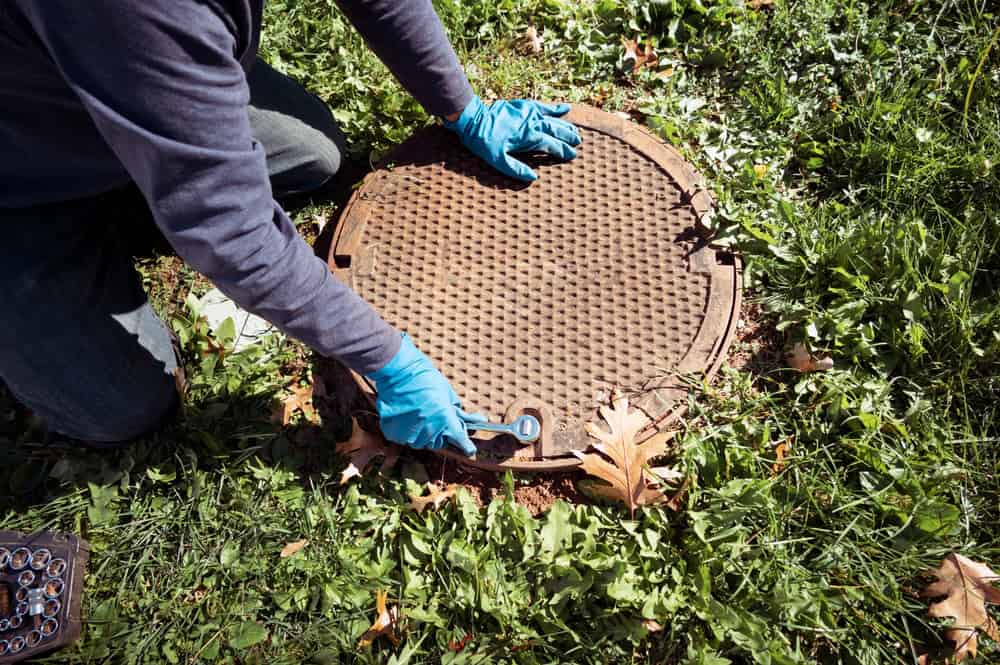Fast, reliable septic pumping that prevents backups and expensive repairs before they happen.
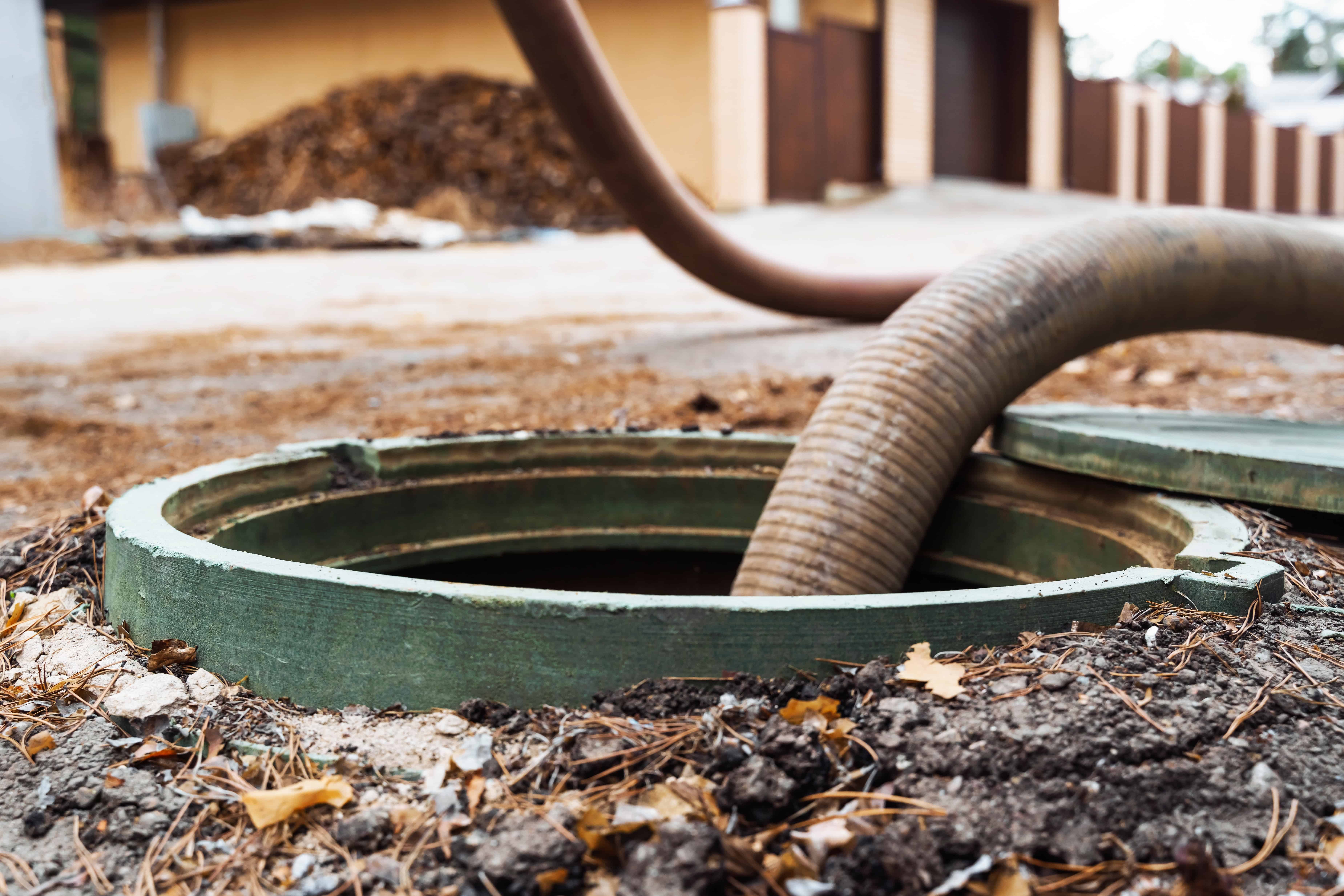
Hear from Our Customers
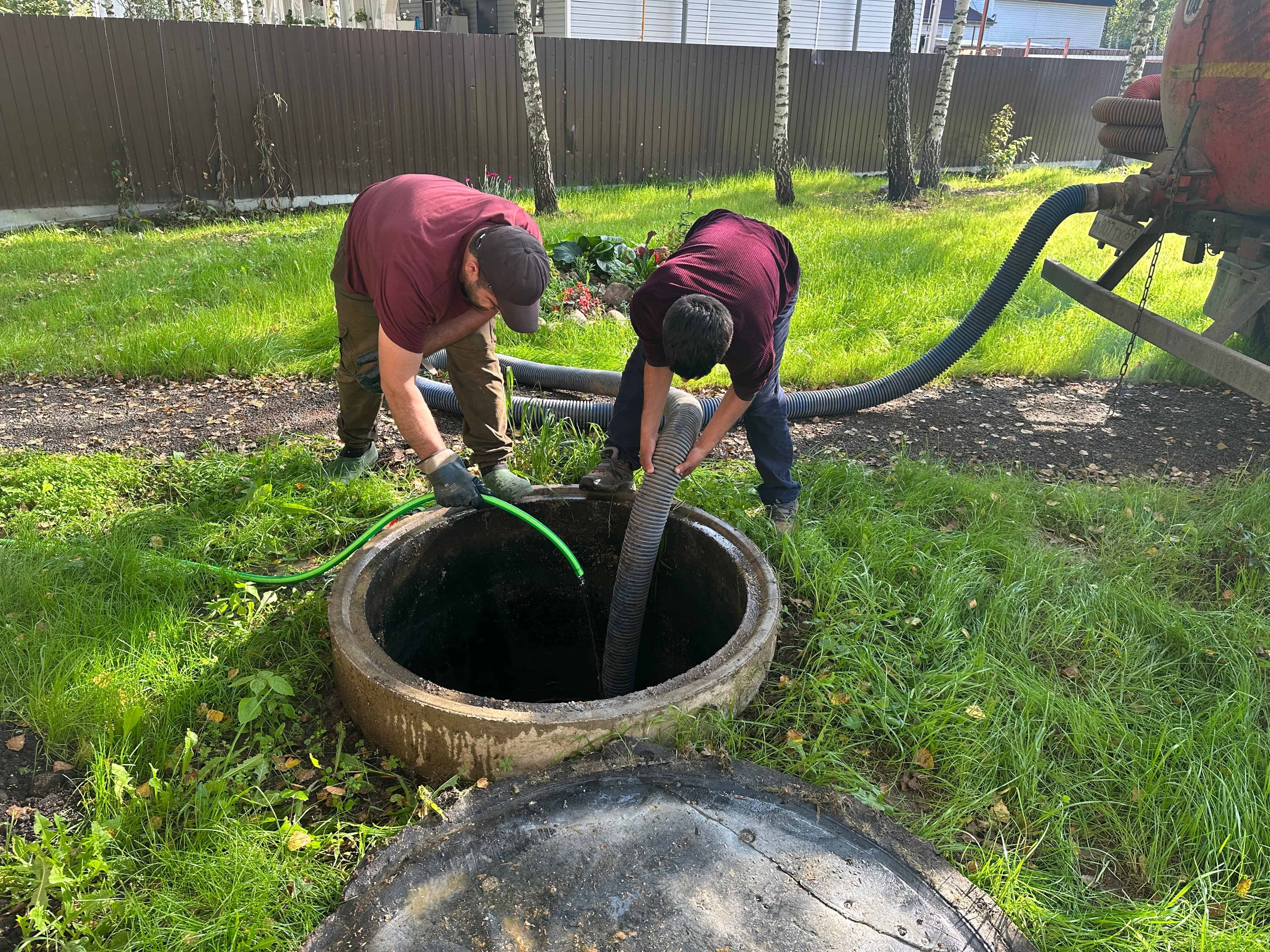
Regular septic tank pumping isn’t just maintenance—it’s insurance against the nightmare scenarios you’ve probably heard about from neighbors. When your system gets pumped correctly, you’re looking at years of worry-free operation instead of emergency calls at the worst possible times.
You get a system that processes waste efficiently without the slow drains, bad smells, or wet spots in your yard that signal trouble brewing. Your septic system lasts longer, works better, and saves you from those four-figure repair bills that hit when systems fail completely.
Most importantly, you get peace of mind. No more wondering if that gurgling sound means disaster, no more crossing your fingers during heavy rains, and no more panic when guests are coming and your toilets start acting up.
We’ve been handling septic systems across Long Island for years, and we’ve seen what works and what doesn’t in Eastport’s specific soil conditions. We’re not some fly-by-night operation—we’re your neighbors, dealing with the same sandy soil and seasonal challenges you face.
Our trucks are equipped with the right pumping equipment to handle everything from standard residential tanks to larger commercial systems. We show up when scheduled, charge what we quote, and leave your property cleaner than we found it.
You’re dealing with people who understand that septic problems don’t wait for convenient times, which is why we make ourselves available when you actually need us.
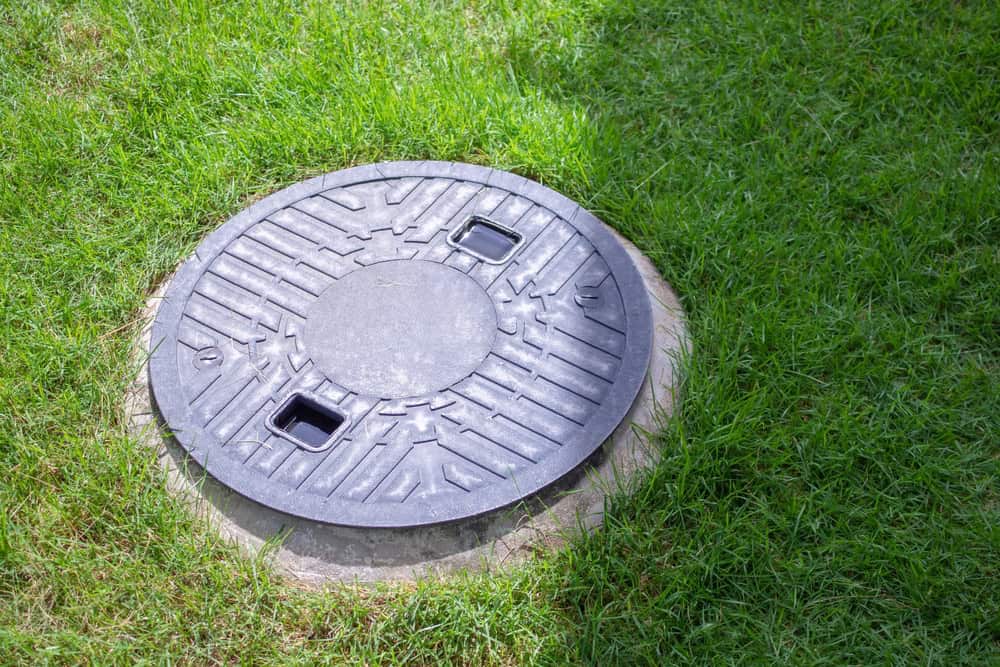
First, we locate and uncover your septic tank—most homeowners aren’t sure exactly where theirs sits, and that’s normal. We bring the tools to find it without tearing up your landscaping.
Next, we pump out all the accumulated sludge and liquid waste using our truck-mounted equipment. This isn’t just sucking out some water—we’re removing years of solid waste buildup that your system can’t break down naturally. We also inspect the tank while we’re working, checking for cracks, damaged baffles, or other issues that could cause problems down the road.
Finally, we properly dispose of everything at licensed facilities and give you a realistic timeline for your next pumping. Most systems need attention every 3-5 years, but we base our recommendations on your actual usage and tank size, not some generic schedule.
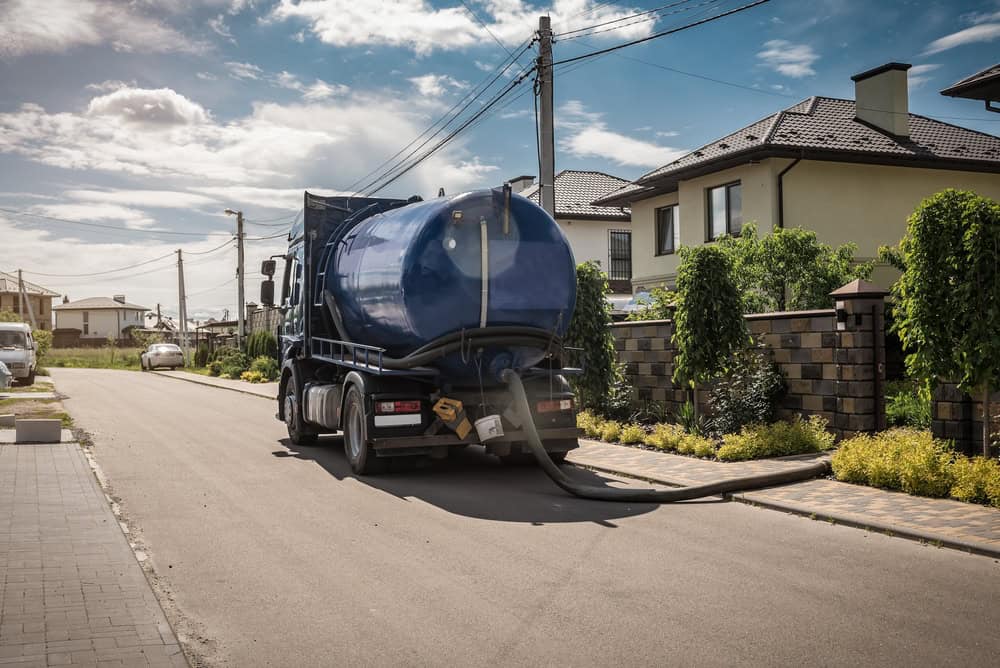
Ready to get started?
Every septic pumping includes a complete tank inspection while we’re working. We check the inlet and outlet baffles, look for structural damage, and measure sludge levels to confirm we’re getting everything out. You get an honest assessment of your system’s condition, not a sales pitch for unnecessary work.
We handle all the logistics—locating your tank, uncovering access ports, and restoring your yard afterward. Our equipment is maintained to handle Long Island’s specific challenges, from sandy soil that shifts to older systems that need extra care.
You also get realistic guidance on maintenance timing based on your household size and actual usage patterns. We’ve pumped enough systems in Eastport to know what works for different property types, and we share that knowledge instead of sticking to generic recommendations that might not fit your situation.
